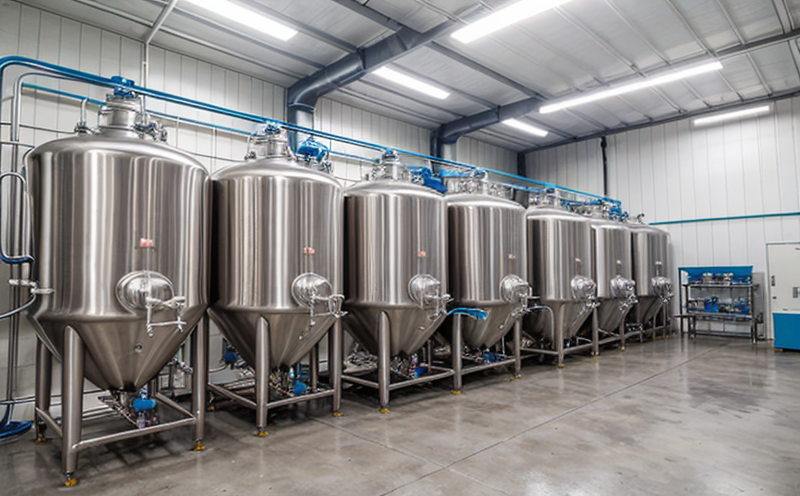USP Environmental Monitoring in Biotech Cleanrooms
The biotechnology industry relies heavily on cleanroom environments to ensure product quality and safety. The United States Pharmacopeia (USP) Chapter 1116 provides critical guidelines for environmental monitoring in these controlled spaces, emphasizing the importance of maintaining aseptic conditions throughout biomanufacturing processes.
The standards set forth by USP Chapter 1116 are designed to help pharmaceutical and biotech companies meet regulatory requirements and ensure that their products are free from contamination. Cleanroom environments play a pivotal role in minimizing particulate matter, biological contaminants, and other pollutants that could compromise the integrity of the product.
The process described in USP Chapter 1116 involves systematic sampling and analysis to monitor air quality within the cleanroom. This includes assessing airborne particles and microbial levels. The testing is conducted using specialized equipment such as air samplers, culture media, and growth incubators that are calibrated according to strict standards.
One of the primary goals of USP Chapter 1116 environmental monitoring is to establish a baseline for cleanroom conditions and identify any deviations from these baselines. This helps in identifying potential sources of contamination and implementing corrective actions promptly. The monitoring process also serves as an ongoing assessment tool, ensuring that the cleanroom environment remains stable over time.
The scope of USP Chapter 1116 extends to various aspects of biomanufacturing operations, including fermentation processes, cell culture developments, and drug substance production. It is particularly relevant in sectors where sterility is paramount, such as vaccine manufacturing or the production of biologics like monoclonal antibodies.
Compliance with USP Chapter 1116 is crucial for maintaining regulatory compliance and ensuring product quality. Failure to adhere to these standards can lead to contamination issues that may affect the safety and efficacy of the final product. By adhering to these guidelines, biotech companies can ensure that their manufacturing processes are robust and reliable.
The testing protocol outlined in USP Chapter 1116 is a multi-step process that involves several key components:
- Sample collection using air sampling devices
- Culture of samples on appropriate media
- Incubation and observation for microbial growth
- Analysis of particle counts through various methods
- Data recording and analysis
The results of these tests are then used to evaluate the cleanliness of the cleanroom environment. Any deviations from established standards may necessitate corrective actions, such as increased cleaning protocols or adjustments in HVAC systems.
Applied Standards
| Standard | Description |
|---|---|
| USP Chapter 1116 | Guidelines for environmental monitoring in biotech cleanrooms, emphasizing the importance of maintaining aseptic conditions. |
| ISO 14644-1:2019 | International standard defining the classification of air cleanliness levels in cleanroom environments. |
Scope and Methodology
The scope of USP Chapter 1116 environmental monitoring encompasses a comprehensive approach to ensuring the cleanliness of biotech cleanrooms. This includes both particulate matter and microbial contamination, which are critical factors in maintaining product quality.
| Aspect | Description |
|---|---|
| Sampling Frequency | Sampling is conducted at regular intervals, typically every two weeks, to monitor changes in environmental conditions. |
| Sample Collection | Air samples are collected using specialized air sampling devices and analyzed for microbial content. |
Benefits
- Enhanced product quality through consistent cleanroom conditions
- Improved regulatory compliance and reduced risk of contamination
- Prompt identification and correction of potential contamination issues
- Data-driven decision-making for process optimization
- Increased confidence in the safety and efficacy of biopharmaceutical products





